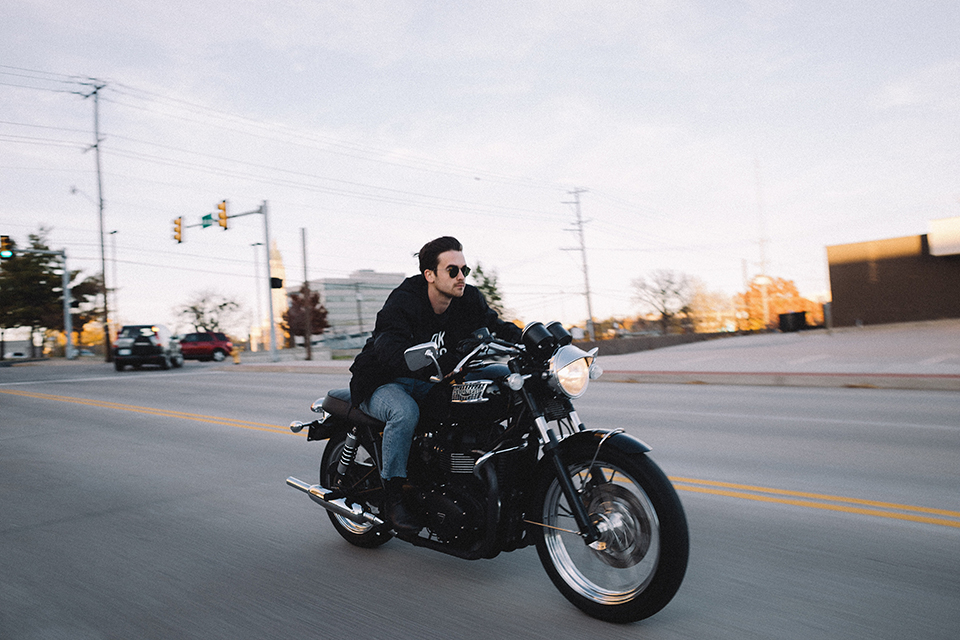
Motorcycle accidents in Bakersfield, California, are a harsh reality for many riders who traverse the city’s busy streets and highways. Known for its sprawling roadways and vibrant traffic, Bakersfield presents unique challenges for motorcyclists. Whether it’s the fast-paced traffic on major highways like State Route 99 or the sudden stops and starts on the city’s urban streets, the risk of a motorcycle accident is ever-present. These accidents can lead to serious injuries and complicated legal battles, making it essential to understand how fault is determined in such cases and seek help from a motorcycle accident lawyer.
Establishing fault is critical in securing compensation for medical expenses, lost wages, and other damages resulting from the accident. In Bakersfield, where road conditions, driver behavior, and traffic patterns all contribute to the frequency of motorcycle accidents, knowing how to prove fault can make a significant difference in the outcome of a case. This article will guide you through the complexities of proving fault in motorcycle accident cases, providing you with the knowledge needed to protect your rights and ensure that justice is served in the aftermath of a crash.
Understanding negligence
To prove fault in a motorcycle accident case, one must establish negligence on the part of the other party involved. Negligence refers to a failure to exercise reasonable care or follow a standard duty of care towards others. When it comes to motorcycle accidents, any individual or entity responsible for causing the accident may be held accountable.
Gathering evidence
Proving negligence often hinges on obtaining strong supporting evidence. When an accident occurs, it is important to document as much information as possible:
- Police reports: Report the incident immediately and insist that law enforcement arrive at the scene to file an official report. These reports serve as invaluable evidence in court proceedings.
- Eyewitness statements: Collect contact information from anyone who witnessed the accident. Their statements can serve as unbiased accounts of what happened.
- Photographs and videos: Take pictures or record videos of any visible damage at the scene, including road conditions and weather conditions that might have contributed to the accident.
- Medical records: Seek immediate medical attention after an accident, even if injuries seem minor at first. Comprehensive medical records are crucial when pursuing compensation for medical expenses and pain and suffering.
- Expert testimony: Depending on the circumstances surrounding your case, expert opinions may be necessary to establish fault conclusively. Accident reconstruction analysts are often consulted when determining liability.
Determining liability
Liability can rest with various parties depending on factors such as negligence and legal responsibility:
- Other drivers: In some cases, another motorist’s negligent behavior might be responsible for causing a motorcycle accident—for example, reckless driving, failure to yield, or driving under the influence.
- Vehicle manufacturers: Defective motorcycle parts can contribute to accidents. Manufacturers can be held responsible if it can be proven that a faulty component contributed significantly to the accident.
- Government entities: Poorly maintained roads or inadequate signage provided by governmental agencies can lead to accidents. If you suspect negligent roadway maintenance played a role, explore legal options against the responsible entity.
- Employers: If an on-duty employee caused the accident while performing work-related tasks, their employer may bear liability for negligence on behalf of the employee.
Comparative negligence
It is important to note that certain states employ comparative negligence laws when determining fault in motorcycle accident cases. Comparative negligence takes into account the percentage of fault assigned to each party involved and adjusts compensation accordingly.
Seeking legal representation
Navigating the intricacies of a motorcycle accident case and proving fault requires expertise in personal injury law. It’s best to consult with an experienced attorney specializing in motorcycle accidents. They will guide you through the legal process, help gather evidence, establish carelessness or recklessness, negotiate with insurance companies, and ultimately help you secure fair compensation.
Calculating damages
After proving fault in a motorcycle accident case, the next step is to determine the extent of damages that should be awarded to the injured party. Calculating damages involves evaluating various factors such as medical expenses, property damage, lost wages, pain and suffering, and potential future medical needs. Hiring an experienced personal injury attorney can be beneficial at this stage as they will assess all applicable damages and ensure you receive fair compensation for your losses.
Conclusion
Proving fault in motorcycle accident cases is essential for successfully obtaining compensation for your injuries and losses. By gathering sufficient evidence, determining liability based on negligence or other factors, understanding comparative negligence laws (if applicable), and seeking skilled legal counsel, you greatly increase your chances of achieving a favorable outcome in your case. Remember to prioritize your health and well-being throughout this process and rely on professionals who can guide you toward justice and recovery after a traumatic event like a motorcycle accident.
